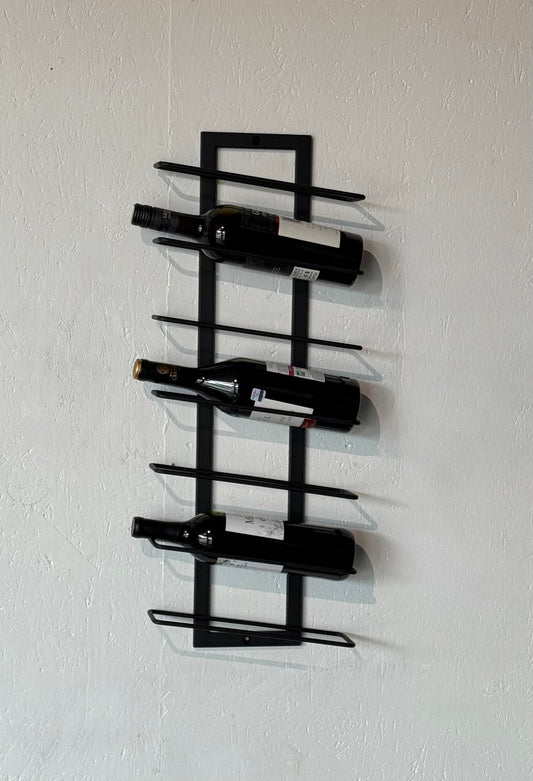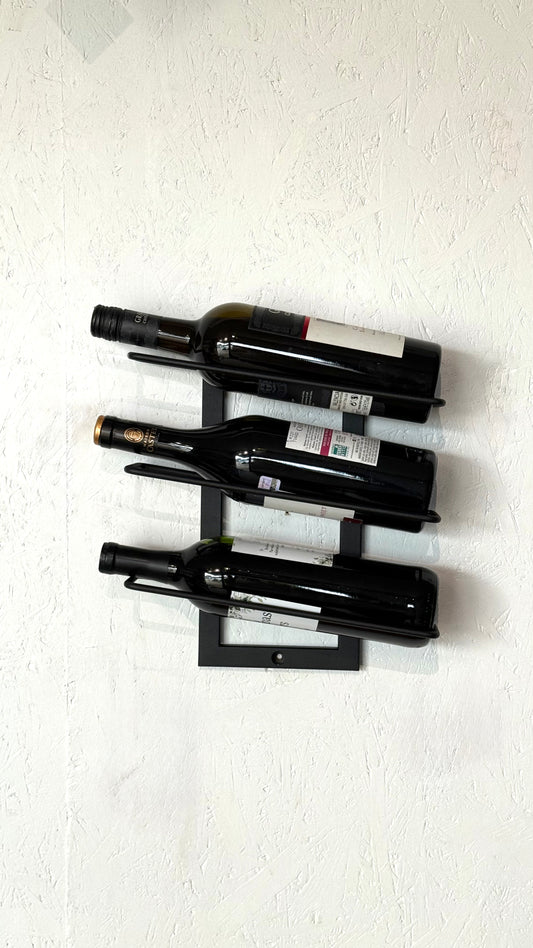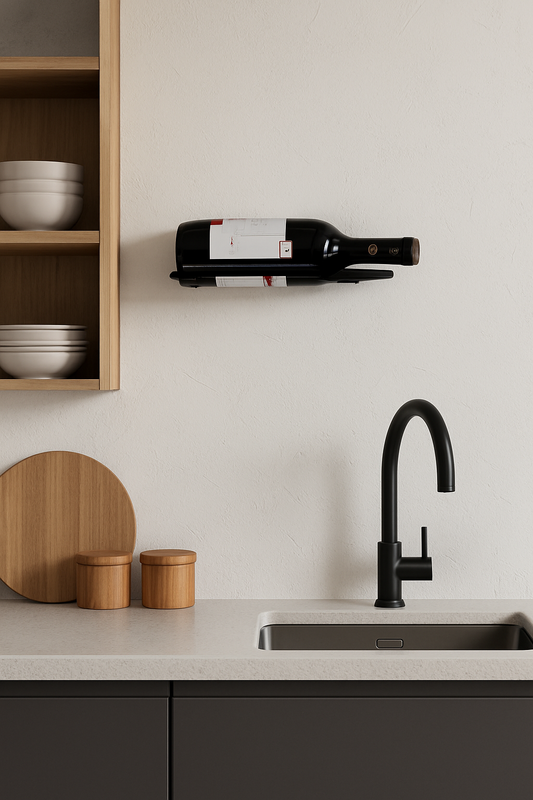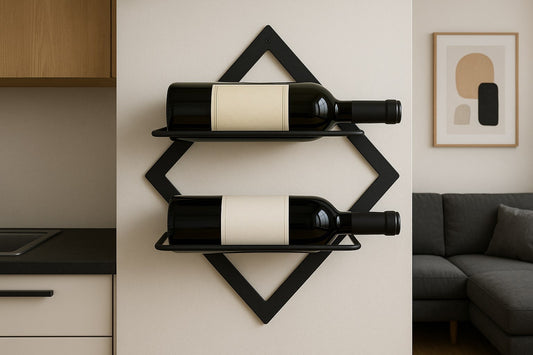The Definitive Guide: 7 Stunning Table Legs to Instantly Transform Your Furniture
In the world of furniture design, the tabletop often commands the spotlight. It's the surface we gather around, work on, and admire. Yet, the foundational elements that provide both stability and style are frequently overlooked. We're talking about the unsung heroes of design: the Table Legs. These crucial components do more than just hold up a surface; they define a table's character, anchor its aesthetic, and can single-handedly transform a simple slab of wood or stone into a breathtaking centerpiece.
Whether you are a seasoned woodworker, a DIY enthusiast embarking on a new project, or a homeowner looking to breathe new life into a beloved piece of furniture, understanding the world of table legs is paramount. The right choice can elevate your design from ordinary to extraordinary, while the wrong one can compromise both its beauty and its structural integrity. This in-depth guide will walk you through the essential styles, materials, and practical considerations, empowering you to select the perfect table legs to build or reinvent furniture you can be proud of.
Table of Contents
- The Unsung Heroes: Why Choosing the Right Table Legs Matters
- The Symbiotic Relationship Between Form and Function
- A Powerful Tool for Personalization
- A Style Guide to 7 Popular Types of Table Legs
-
- The Classic Elegance of Turned Wood Table Legs
- The Clean Lines of Tapered Table Legs
- The Versatile Simplicity of Straight & Square Table Legs
- The Retro Charm of Hairpin Table Legs
- The Sturdy Sophistication of Pedestal and Trestle Table Legs
- The Bold Statement of Industrial Metal Table Legs
- The Solid Presence of Slab or Panel Table Legs
- Material Matters: A Deep Dive into Wood vs. Metal Table Legs
- The Enduring Appeal of Wooden Table Legs
- The Sleek Strength of Metal Table Legs
- How to Choose the Perfect Table Legs for Your Project
- Step 1: Assess the Weight and Scale of Your Tabletop
- Step 2: Determine the Correct Height for Your Table Legs
- Step 3: Understand Attachment Methods and Hardware
- Step 4: Harmonize the Table Legs with Your Interior Design
- A Practical Guide to Installing Your New Table Legs
- Conclusion: Elevate Your Design with the Perfect Table Legs
- Frequently Asked Questions (FAQs) about Choosing and Using Table Legs
The Unsung Heroes: Why Choosing the Right Table Legs Matters
Before we explore the myriad of styles, it's crucial to appreciate the dual role that table legs play. They are the point where artistry and engineering converge, and getting this balance right is the key to successful furniture design.
The Symbiotic Relationship Between Form and Function
Functionally, the primary job of table legs is to provide unwavering support. They must be strong enough to bear the weight of the tabletop itself, plus anything placed upon it, from a Thanksgiving feast to heavy office equipment. The material, construction, and attachment method all contribute to a table's stability and longevity. A wobbly table is not just an annoyance; it's a failure of design.
Aesthetically, however, the legs set the entire tone of the piece. They are the visual anchors that communicate its style. Chunky, straight legs suggest a modern or rustic feel. Slender, curved legs evoke a sense of tradition and elegance. The industrial look of raw steel legs creates a completely different vibe than the warm, organic feel of turned oak. Consequently, the choice of table legs is one of the most impactful design decisions you can make.
A Powerful Tool for Personalization
One of the most exciting aspects of using separate table legs is the power it gives you to create something truly unique. You can salvage a beautiful old door and turn it into a dining table, or take a live-edge slab of wood and craft a one-of-a-kind coffee table. This mix-and-match approach liberates you from the constraints of mass-produced furniture, allowing you to create a bespoke piece that perfectly fits your space and reflects your personal style.
A Style Guide to 7 Popular Types of Table Legs
The world of table legs is vast and varied, with styles that draw from centuries of design history. Here are seven of the most popular and influential types to consider for your next project.
1. The Classic Elegance of Turned Wood Table Legs
Turned legs are crafted on a lathe, a tool that spins a piece of wood while it is shaped with chisels and gouges. This process creates rounded, intricate profiles with swells, tapers, and decorative details. Styles like the curvy Cabriole leg of Queen Anne furniture or the simpler, more utilitarian Shaker leg fall into this category. Turned wood table legs are perfect for traditional, farmhouse, or rustic designs.
2. The Clean Lines of Tapered Table Legs
Tapered legs are a hallmark of Mid-Century Modern design. They are square or round at the top and gradually narrow towards the floor. This subtle slimming effect creates a sense of lightness and elegance, making the table appear less bulky. Tapered table legs are incredibly versatile and work well for desks, dining tables, and console tables in modern, minimalist, or Scandinavian-inspired interiors.
3. The Versatile Simplicity of Straight & Square Table Legs
Also known as Parsons legs, straight, square legs are the epitome of simple, clean design. They have the same thickness from top to bottom, creating a blocky, substantial look. This straightforward style is incredibly versatile, fitting seamlessly into contemporary, modern, and even rustic aesthetics depending on the wood and finish. These table legs are a go-to for a sturdy, no-fuss look.
4. The Retro Charm of Hairpin Table Legs
Invented in the 1940s as a way to use less material during wartime, hairpin legs have enjoyed a massive resurgence in popularity. Made from bent steel rods, their slender, open design creates an airy, minimalist look that is perfect for industrial and retro-modern spaces. Hairpin table legs are an excellent choice for coffee tables, side tables, and desks where you want to make a small space feel larger.
5. The Sturdy Sophistication of Pedestal and Trestle Table Legs
Instead of four individual legs, some tables are supported by a central base. A pedestal is a single, central column, often used for round or square tables. A trestle consists of two or more leg structures connected by a horizontal beam, commonly found on long, rectangular dining tables. These types of table legs are fantastic for maximizing seating and legroom, as they eliminate the corner legs that can get in the way of chairs.
6. The Bold Statement of Industrial Metal Table Legs
Often fabricated from square or rectangular steel tubing, industrial metal legs are all about showcasing strength and raw materials. Popular shapes include the trapezoid, X-frame, and H-frame. These robust table legs are the perfect complement to thick, heavy wood slab tabletops, creating a stunning amalgamation of the natural and the man-made. They are the quintessential choice for industrial, rustic, and contemporary designs.
7. The Solid Presence of Slab or Panel Table Legs
For an ultra-modern and solid look, slab or panel legs are an excellent option. Instead of individual legs, these are solid panels of wood or metal that support the tabletop, often positioned at each end. This style creates a very grounded, architectural feel and works beautifully for minimalist desks, benches, and dining tables.
Material Matters: A Deep Dive into Wood vs. Metal Table Legs
The two dominant materials for table legs are wood and metal, each offering a unique set of properties and aesthetics.
The Enduring Appeal of Wooden Table Legs
Wood is the traditional choice, prized for its warmth, natural beauty, and versatility. Different wood species offer different looks and strengths:
- Oak: Incredibly strong and durable with a prominent grain, perfect for a classic, substantial feel.
- Walnut: A premium hardwood with rich, dark tones and a smooth grain, ideal for sophisticated, high-end pieces.
- Maple: A very hard and dense wood with a light color and subtle grain, great for modern and Scandinavian designs.
- Pine: An affordable softwood that is lightweight and easy to work with, often used for rustic and farmhouse styles. Wooden legs can be stained to highlight the grain, painted any color imaginable, or left unfinished for a natural look.
The Sleek Strength of Metal Table Legs
Metal brings a modern, industrial edge to furniture design. It offers incredible strength, allowing for much slimmer and more delicate profiles than wood can typically achieve.
- Steel: By far the most popular choice, steel is exceptionally strong and versatile. It can be left as raw steel for a rugged industrial look, powder-coated in any color for a modern finish, or polished for a chrome-like shine.
- Aluminum: Lighter than steel and naturally resistant to rust, making it a good choice for outdoor furniture.
- Cast Iron: Very heavy and often used for ornate, vintage-style pedestal bases.
For those seeking the pinnacle of durability and bespoke design, custom-fabricated steel and wood table legs offer unparalleled quality. Artisans who specialize in these materials, such as the team at GJ Steel and Wood, can create unique, handcrafted legs that become the focal point of your furniture, perfectly tailored to your specifications.
How to Choose the Perfect Table Legs for Your Project
Selecting the right table legs involves more than just picking a style you like. Here are four practical steps to ensure a successful outcome.
Step 1: Assess the Weight and Scale of Your Tabletop
The first rule is stability. A heavy, 3-inch thick oak dining tabletop requires much more robust support than a lightweight plywood coffee table. Ensure the legs you choose are rated to handle the weight of your top. Moreover, the visual scale should be balanced. Delicate hairpin legs might look out of place under a chunky butcher block, just as massive industrial legs might overwhelm a thin, sleek tabletop.
Step 2: Determine the Correct Height for Your Table Legs
Table heights are standardized for ergonomic comfort. Adhering to these standards is crucial for usability.
- Coffee Table: 16-18 inches
- Dining Table / Desk: 28-30 inches
- Counter Height: 34-36 inches
- Bar Height: 40-42 inches Always remember to subtract the thickness of your tabletop from the desired final height to determine the correct leg height. For more guidance on furniture standards, resources like Fine Woodworking magazine are invaluable.
Step 3: Understand Attachment Methods and Hardware
How will the legs attach to the top? Many table legs come with a pre-drilled mounting plate, making installation as simple as driving a few screws. Others may require more complex joinery or the construction of an "apron" (a frame that sits just below the tabletop) for added stability.
Step 4: Harmonize the Table Legs with Your Interior Design
Look at the room where the table will live. Are there other metals present? What color are the wood tones? The table legs should complement the existing decor. For a cohesive look, you might match the metal finish of your table legs to your light fixtures. For a more eclectic style, as celebrated on design blogs like Apartment Therapy, you can create an interesting contrast by pairing rustic legs with a modern top.
A Practical Guide to Installing Your New Table Legs
While every project is different, here is a basic process for attaching legs with mounting plates to a wooden tabletop:
- Preparation: Work on a soft, clean surface (like a blanket) to avoid scratching your tabletop. Place the top upside down.
- Placement: Measure and mark the position for each leg. A common rule is to set the legs in 1-2 inches from the corners, but this can be adjusted for stylistic reasons. Use a square to ensure the mounting plates are perfectly aligned with the edges.
- Drill Pilot Holes: For hardwood tops, it's crucial to drill pilot holes for your screws. This prevents the wood from splitting. Use a drill bit that is slightly smaller than the diameter of your screw. Use painter's tape on the drill bit to mark the correct depth so you don't drill through your tabletop.
- Attachment: Position the leg and drive the screws through the mounting plate into the pilot holes until they are snug. Don't overtighten.
- Finishing: Carefully flip the table over and check for any wobbles. If there is a slight wobble, you may need to add adjustable feet to the bottom of the legs.
Conclusion: Elevate Your Design with the Perfect Table Legs
Table legs are far more than a simple necessity; they are a transformative design element. They are the foundation upon which great furniture is built, providing the critical balance of strength, stability, and style. By understanding the diverse styles available, from classic turned wood to bold industrial steel, and by carefully considering the practical aspects of height, weight, and installation, you can make an informed choice that will elevate your project.
Whether you are crafting a new family heirloom from scratch or giving a second life to an old tabletop, the perfect table legs are waiting to complete your vision. Embrace the opportunity to personalize, create, and build something truly unique that will stand the test of time.
Frequently Asked Questions (FAQs) about Choosing and Using Table Legs
1. What is the best material for table legs?
There is no single "best" material; it depends on your project's needs. Wood table legs offer warmth and classic versatility, while metal table legs (especially steel) provide superior strength for heavy tops and allow for slimmer, more modern designs. The choice depends on the required durability and the desired aesthetic.
2. How do I know what height table legs to buy?
First, decide on the table's function (dining, coffee, counter, etc.). Standard final table heights are 28-30" for dining, 16-18" for coffee tables, and 34-36" for counter height. Measure the thickness of your tabletop and subtract that from your desired final height to find the correct leg height.
3. Can I replace the legs on my existing table?
Yes, absolutely! Replacing the table legs is one of the easiest and most effective ways to update a piece of furniture. Simply unscrew the old legs and attach the new ones. You may need to ensure the new legs' mounting system is compatible with your existing tabletop.
4. How far from the edge should I install table legs?
A standard placement is to set the mounting plate of the table legs 1 to 2 inches in from both the side and end edges of the tabletop. However, for a different look, you can bring them further in. The key is to ensure the placement is symmetrical and provides stable support without obstructing seating.
5. Are metal table legs better than wood?
Neither is inherently "better," but they have different strengths. Metal table legs are generally stronger and can support more weight with a smaller profile. They are ideal for very heavy tabletops and industrial or modern styles. Wood legs offer a classic, warm aesthetic and are highly customizable in terms of shape and finish.





